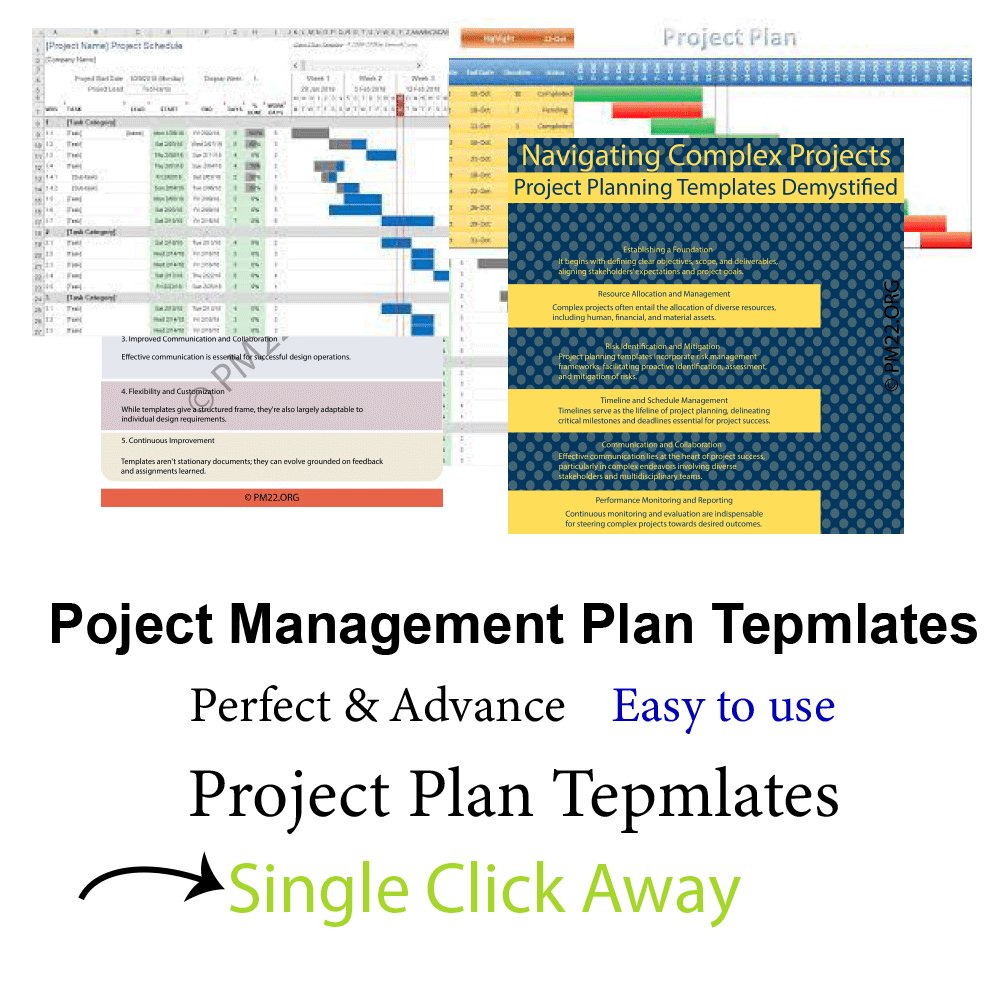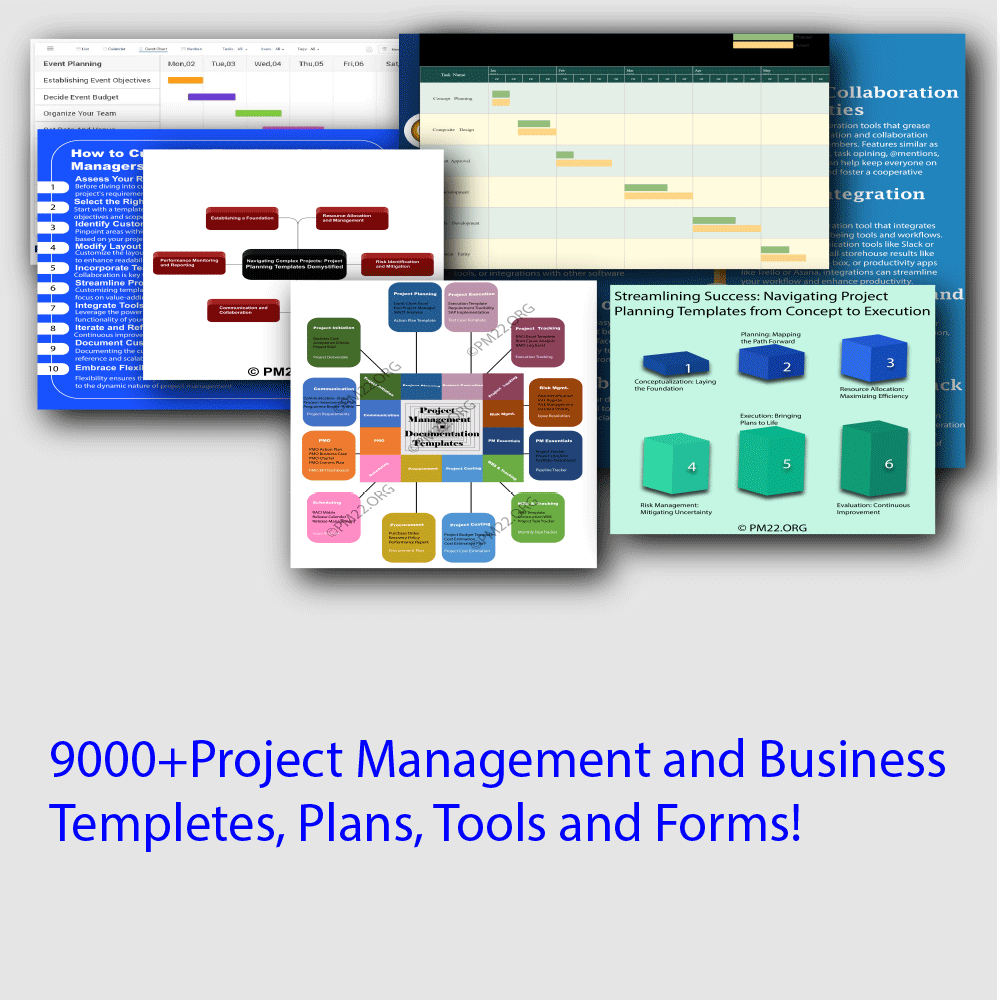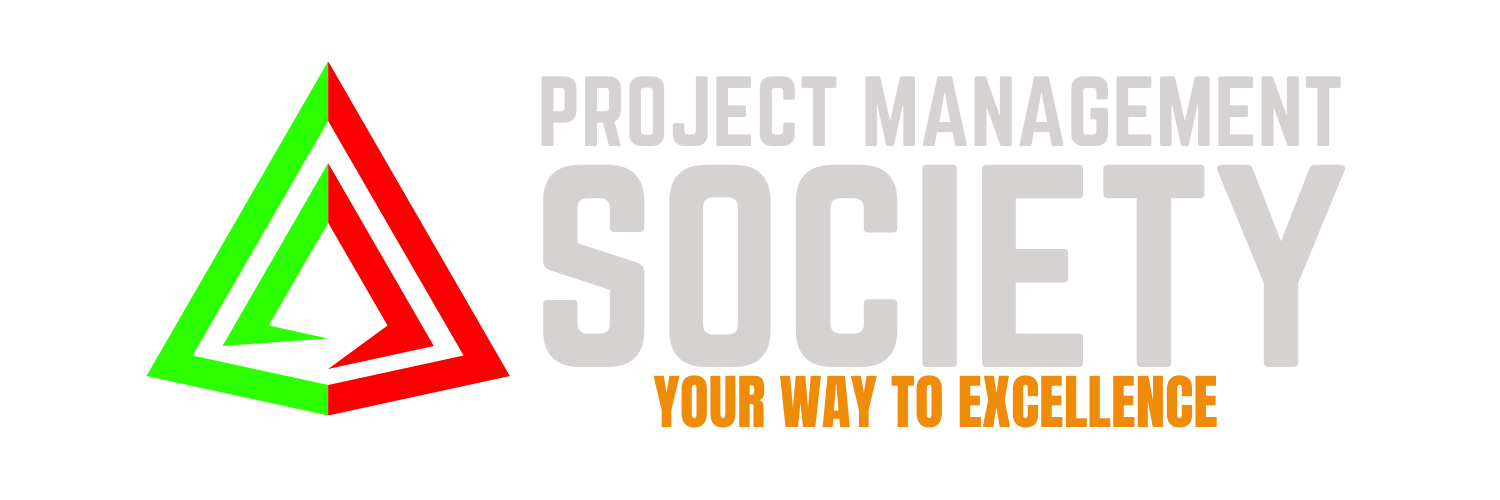 Handling stakeholders is essential to any project manager’s role, but Managing Difficult Stakeholders in PM can be particularly challenging. Whether it’s a demanding executive, a resistant team member, or a client with ever-changing requirements, knowing how to manage these situations can make or break your project’s success. In this post, we’ll explore how you can effectively handle difficult stakeholders while maintaining strong relationships and keeping your project on track.
Handling stakeholders is essential to any project manager’s role, but Managing Difficult Stakeholders in PM can be particularly challenging. Whether it’s a demanding executive, a resistant team member, or a client with ever-changing requirements, knowing how to manage these situations can make or break your project’s success. In this post, we’ll explore how you can effectively handle difficult stakeholders while maintaining strong relationships and keeping your project on track.
Understanding Stakeholders’ Perspectives
The first step in Managing Difficult Stakeholders in PM is understanding their perspectives. Stakeholders can become challenging for various reasons—they may feel their needs aren’t being met, they might be under significant pressure, or they could simply have a different vision of the project’s outcome.
Ask the Right Questions
Start by asking stakeholders questions about their concerns. Instead of jumping to conclusions, listen actively and empathize with their point of view. Questions like, “What are your biggest concerns about this project?” or “How can we better support your goals?” can uncover the underlying reasons for their resistance or difficult behavior.
Align Your Goals with Theirs
Once you’ve gathered their perspective, work to align your project goals with their interests. Find common ground where both their objectives and the project’s deliverables can coexist. This not only demonstrates that you value their input but also helps build a collaborative relationship.
Establish Clear Communication Channels
Clear and consistent communication is crucial in managing stakeholder relationships. When stakeholders feel out of the loop, they are more likely to become frustrated or disengaged. To prevent misunderstandings, ensure that there is a structured communication plan in place.
CLICK HERE TO DOWNLOAD 300+ PROJECT MANAGEMENT TEMPLATES & DOCUMENTS IN EXCEL
Set Regular Updates
A proactive approach can prevent potential conflicts. Schedule regular updates with stakeholders to discuss the project’s progress and address any concerns they may have. Whether these are weekly emails or monthly meetings, make sure they are consistent and comprehensive.
Be Transparent
When things go wrong (as they sometimes will), honesty is the best policy. Stakeholders appreciate transparency. If there’s a delay or an issue, communicate it immediately with a proposed solution. Demonstrating that you’re in control of the situation will help build trust, even in difficult times.
Managing Expectations Early On
Unrealistic expectations are one of the most common reasons stakeholders become difficult to work with. Many times, stakeholders expect more than the project can deliver within the time frame or budget. Managing expectations from the start can help you avoid future headaches.
Set Boundaries
During the project planning phase, set clear boundaries about what is achievable. Define the scope, timeline, and budget explicitly and ensure all stakeholders agree to it. If changes arise later on, refer back to the original agreement to guide discussions and mitigate scope creep.
Use Documentation to Support Decisions
Having documentation, such as signed agreements, timelines, and scope statements, can serve as a reference point when stakeholders push for changes that may be unreasonable. It helps to have these materials handy to support your decisions and remind stakeholders of the agreed-upon deliverables.
Resolve Conflicts with Diplomacy
Conflicts with stakeholders are inevitable, but how you handle them makes all the difference. When conflict arises, it’s essential to address it promptly and professionally.
Stay Calm and Collected
Even if a stakeholder becomes angry or irrational, maintain your composure. Emotional responses can escalate tensions, so it’s important to remain calm and diplomatic. Acknowledge their concerns, even if you don’t agree with them, and steer the conversation toward a productive resolution.
Focus on Solutions, Not Problems
When resolving conflicts, try to focus on finding a solution rather than getting bogged down in the problem itself. For example, if a stakeholder is upset about a delay, instead of justifying the delay repeatedly, focus on how you can get the project back on track and deliver what they need. Offer solutions and compromises that meet their concerns while maintaining the integrity of the project.
Build Strong Relationships from the Start
The foundation of successfully managing difficult stakeholders lies in building strong relationships from the outset. The better your relationship with a stakeholder, the more likely they are to cooperate when challenges arise.
Build Trust
Trust is built through consistent actions over time. Keep your promises, follow through on commitments, and be reliable in your communication. The more stakeholders trust you, the easier it will be to manage any issues that may come up.
CLICK HERE TO DOWNLOAD 300+ PROJECT MANAGEMENT TEMPLATES & DOCUMENTS IN EXCEL
Create a Collaborative Environment
Invite stakeholders to be involved in key decision-making processes. When they feel included, they are more likely to support the project and less likely to become difficult. Collaboration fosters a sense of ownership and investment in the project’s success.
Know When to Escalate
Sometimes, despite your best efforts, you may not be able to resolve issues with a difficult stakeholder on your own. Knowing when to escalate the situation to higher management or a project sponsor can be critical. If a stakeholder’s behavior threatens the success of the project, involve the necessary authority figures who can help mediate and find a resolution.
Escalate Responsibly
When escalating an issue, do so responsibly. Present the facts of the situation, the steps you’ve taken to resolve it, and why additional support is needed. Avoid making the stakeholder appear like the “enemy” and instead frame the escalation as a need for additional perspectives and solutions.
Conclusion
Managing Difficult Stakeholders in PM is a skill every project manager must master. By understanding their perspectives, communicating clearly, setting boundaries, resolving conflicts diplomatically, and building strong relationships, you can turn challenging situations into opportunities for collaboration. While it’s not always easy, handling difficult stakeholders effectively can lead to more successful projects and stronger professional relationships in the long run.
